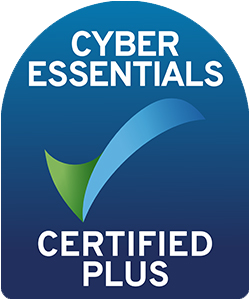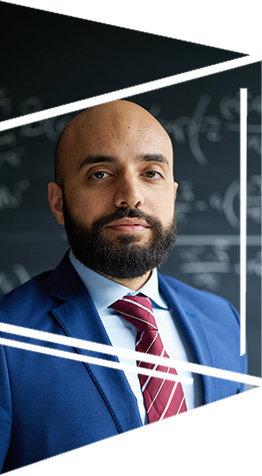Yesterday marked World Quantum Day, a global initiative led by quantum scientists aimed at improving public understanding of quantum science and technology. Awareness days like this really matter for many reasons, some of which we explored in last year’s blog. While in 2023 we highlighted the importance of raising awareness around the potential impact of quantum technologies, this year presents a different landscape. We have seen quantum pick up the pace of transition from a field of academic research to real technological solutions, with some already demonstrating tangible value for current problems.
Quantum computing often grabs the headlines with discussions of the “quantum advantage”, debate about what it means, and some scepticism about when we are going to get it. Although debate is expected, as for any new technology, it is important to recognise that other quantum-enabled technologies are actively addressing real-world challenges today, driving innovation and reshaping industries. While it is true that the world is still a little way off from having a fully developed quantum computer, what you may not know is that the “quantum advantage” is already here. This blog highlights two examples of quantum-enabled technologies that are already deployed.
1) Quantum Random Number Generators (QRNGs)
What are QRNGs?
Quantum Random Number Generators (QRNGs) are devices that make use of the unique properties of quantum processes to generate truly random numbers. QRNGs have been around since the 1980s, which is when the first prototypes were developed, and since then the technology has been steadily maturing.
Where are QRNGs used?
Random numbers generated by QRNGs are useful for a range of applications, such as in:

Cryptography: QRNGs can enhance security by producing unpredictable numbers critical for modern day encryption.

Secure communications: Random number generation is crucial for secure communication protocols, like key exchange and authentication. QRNGs can boost protocol security by providing truly random numbers that can’t be tampered with or predicted.

Stochastic modelling: Stochastic methods and statistical simulations, such as Monte Carlo simulations, use random sampling to model uncertain events. QRNGs can enhance simulations by reducing computing steps and improving accuracy.
Examples of QRNGs in use
University of Oxford spinout company, Quantum Dice, has developed QRNG technology that benefits from world-leading generation rates as well as its patented device independent self-certification (DISC™) protocol. The DISC™ protocol leverages certain interesting properties in quantum architectures to give a specific quantitative measure of how much true randomness is available in the system at any given point. The following examples demonstrate how Quantum Dice’s DISC™ QRNGs are already being used by leading organisations:
Cryptography:
- Deliver unrivalled encryption security over remote network connections with network security provider, iQuila.
- Explore the use of QRNGs for cryptographic applications in the telecommunications sector with BT Group.
Secure communications:
- Enable secure quantum communication technologies in Singaporean company SpeQtral’s upcoming satellite mission using Zenith, Quantum Dice’s QRNG designed for space.
Stochastic modelling:
- Enhance financial Monte Carlo simulations with HSBC.
2) Quantum Imaging
What is quantum imaging?
Quantum-enabled imaging is a cutting-edge technology that harnesses the principles of quantum mechanics to capture and process images with unprecedented precision and sensitivity. At its core, quantum imaging utilises the unique behaviours of quantum particles, such as photons, to achieve tasks that cannot be done with classical imaging techniques.
Where is quantum imaging used?
Quantum imaging has a wide range of applications across fields such as:

Environmental science: Quantum imaging solutions can address areas of climate change. For example, it can help monitor the emissions, condition, and sustainability of our society.

Medical imaging: Quantum techniques can enhance medical imaging such as MRI scans leading to more accurate diagnoses, earlier detection of diseases and improve insights into disease progression and treatment effectiveness.

Microscopy: Quantum-enabled imaging can improve the resolution of microscopes to produce sharper images at smaller scales.

Astronomy: In astronomy, quantum imaging can enable the detection of faint objects in the universe by amplifying weak signals from distant stars and galaxies.
Examples of quantum imaging in use
Environmental science:
QLM, a UK-based photonics technology and analytics company, has developed a new type of gas imaging camera to help advance the detection of greenhouse gas emissions and tackle climate change.
The company’s technology has been thoroughly evaluated by industry and accredited third party and academic organisations. It is among one of the first companies commercialising quantum technology to measure and reduce greenhouse gas emissions and has announced customer deployments. For example, QLM recently announced it is working with Severn Trent Water on methane emissions monitoring. Its technology is also part of the Schlumberger End-to-End Emissions Solutions (SEES) business offering for the oil and gas industry.
We asked Xiao AI, CTO and Co-founder at QLM, about the technology and the commercial advantages it offers. He said:
“QLM’s Quantum Gas Lidar (QGL) system is revolutionising the measurement and understanding of greenhouse gases. Combining lidar technology, absorption spectroscopy and single-photon detection, our novel imaging technology is being actively used to detect and quantify gas leaks that contribute to global warming. Offering performance and cost advantages over alternative technologies, it enables accurate detection, localisation, and quantification of industrial methane emissions in an affordable, scalable way.”
In conclusion
While these examples represent just a small proportion of the potential of quantum technologies, they underscore the tangible impact they’re making today. As we celebrate World Quantum Day, it’s important to recognise that the commercial benefits of quantum technology are already being realised today.




